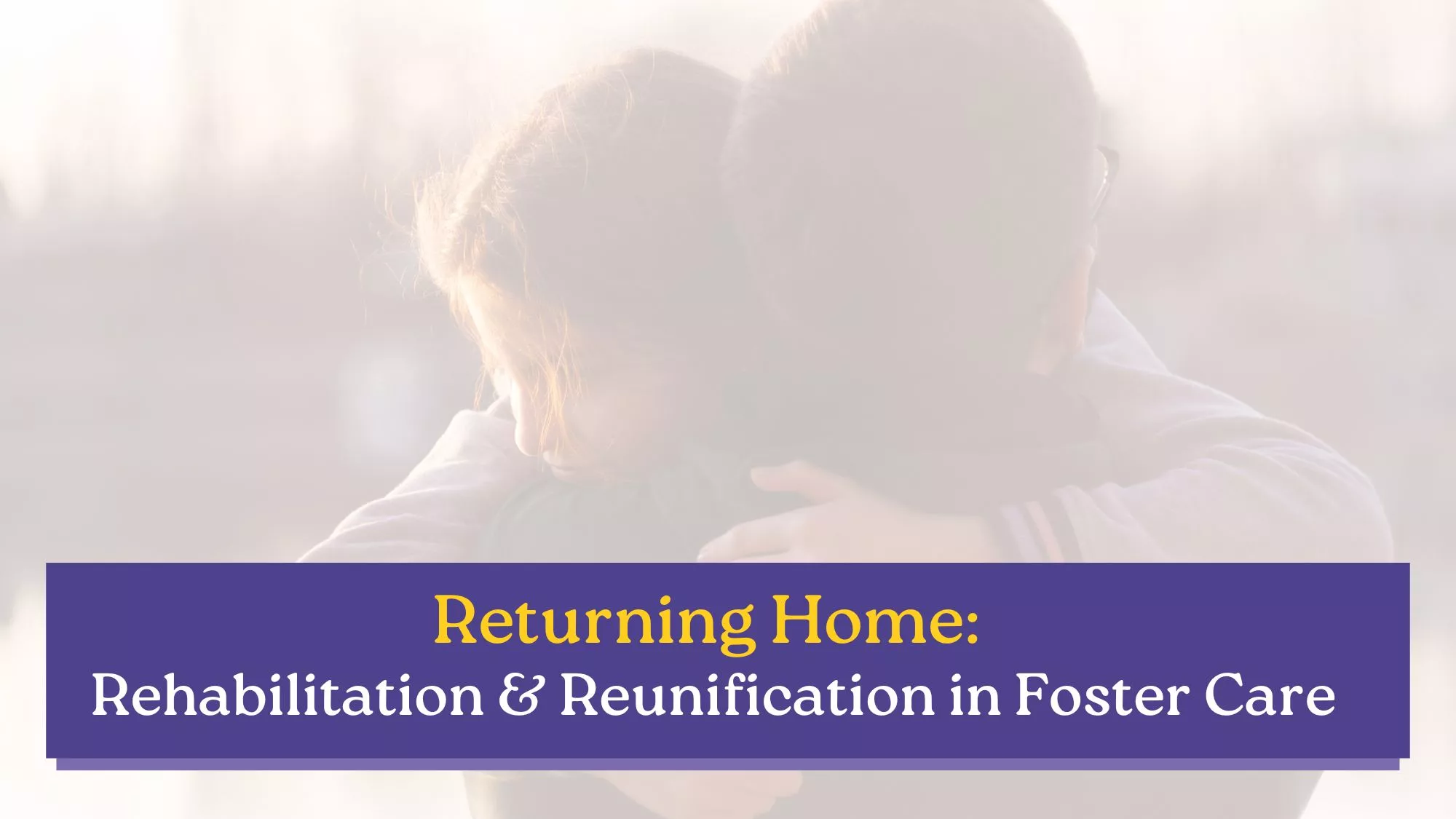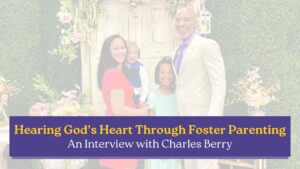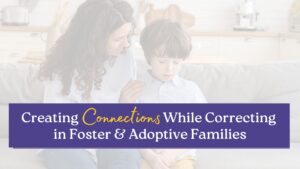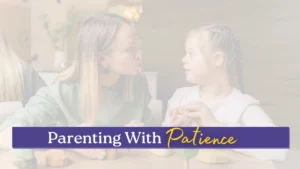I’ll never forget the day a 4-year-old little girl bounced into our lives! She came in like a wrecking ball, and I knew from day one of her being in foster care with us that our lives would be forever changed. We saw so much growth and life restored, and it was a joy to witness. She stayed and was part of our family and home for almost three years, until the reunification process started. The investment was deep, and the bond had become deeper.
Foster Care’s Goal: Rehabilitation and Reunification
Foster care is not simply providing a child with a safe place to lay their head; it’s about embracing the brokenness that is prevalent and creating an environment rich in relationship and healing. With all confidence, we provided just that. We did that not without heartache, bumps, and turmoil all along the way: Navigating loss, behaviors, hurt, and pain was our daily grind, as was experiencing many of her “firsts,” milestones, achievements, and moments that mattered. She was our daughter.
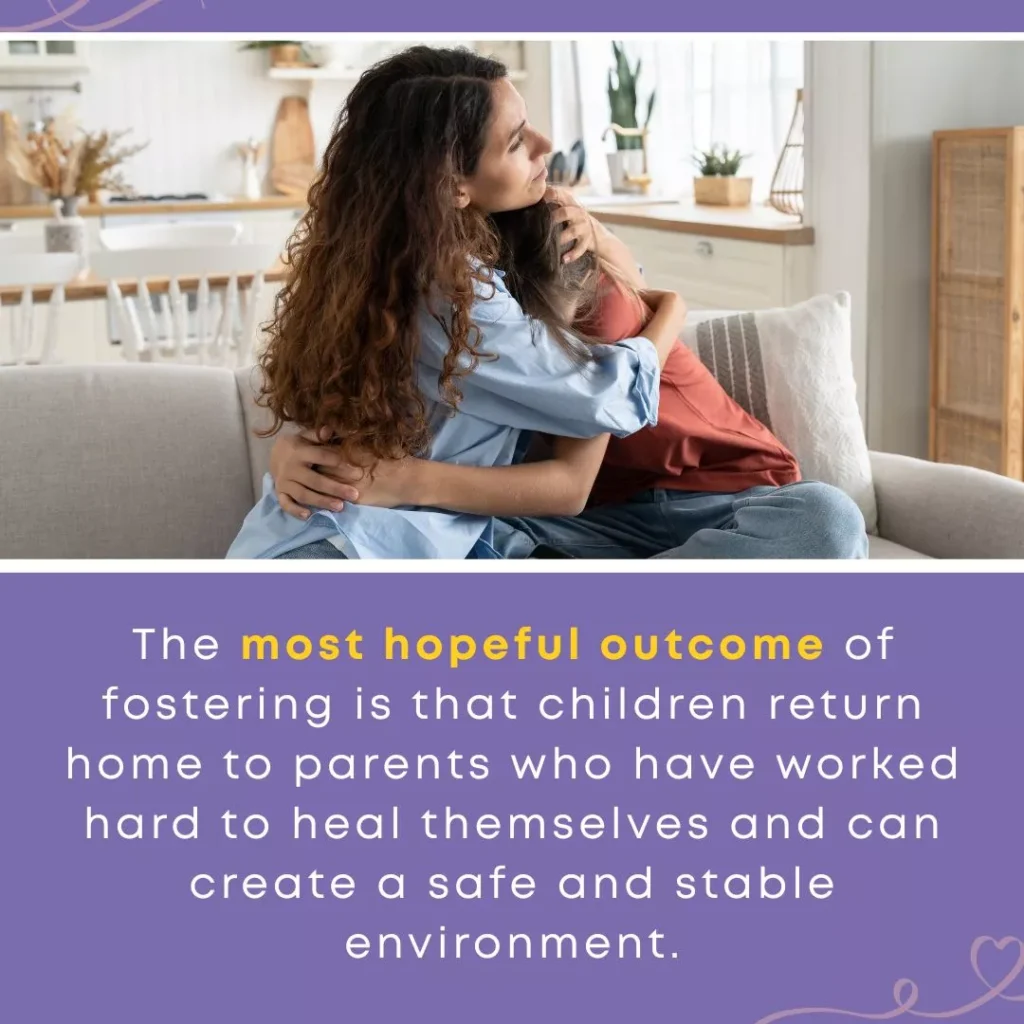
During foster parent training, we are repeatedly reminded that the primary goal is the reunification of families. As “older” foster parents, we got that; We even wanted that. We understood the assignment! The most hopeful outcome of fostering is that children return home to parents who have worked hard to heal themselves and can create a safe and stable environment. This process of returning home is both tender and complex. So many thoughts surrounding it! It comes with challenges, questions, and if I’m being real, tremendous grief and loss.
In the United States, approximately 44% of all foster care exits result in a child being reunified with their biological families. Restoration is the hard work. As a foster family, we believe that everyone deserves a chance to write a new chapter together, despite their past.
Our emotional journey of fostering quickly took a turn when we reflected on our own loss we were going to experience. We had built what we thought was a close relationship with her biological father, sure that it would last a lifetime. Our time as full-time parents was drawing to a close. Our precious little gift, loaned to us by God, was no longer going to be with us every day. We were heartbroken.
Saying Goodbye and Hello to Reunification
Our family wanted our last day and night together to be meaningful and memorable. We knew we wanted to create a few more “moments.” She loved a movie. We’d make it extra special and go to the theatre. Our family of seven at the time made our way to Finding Dory. Although it was a secular movie, it had a timely storyline that proved to be a welcome respite for our souls.
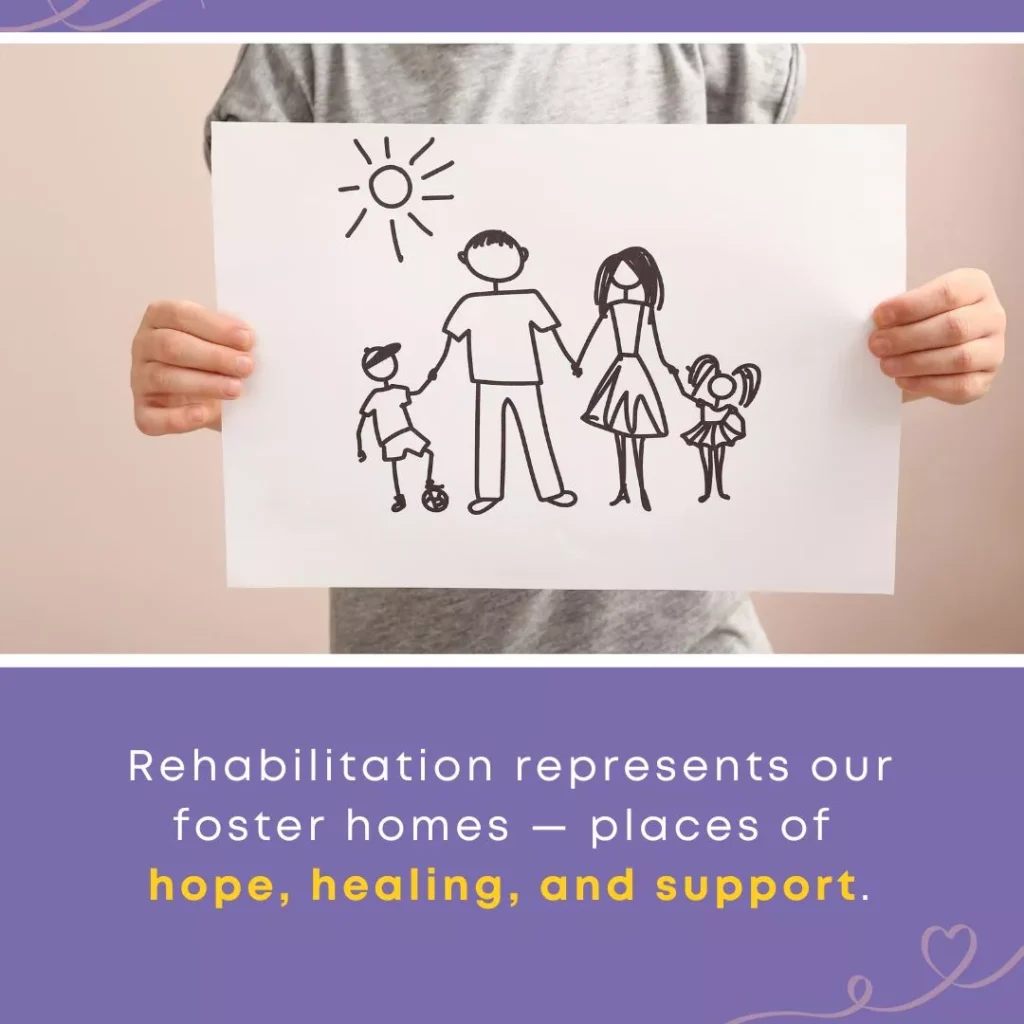
In the film, the fish named Dory had memory loss. She was rescued after getting caught in a six-pack ring and ended up in the Marine Life Institute. The goal of the Marine Life Institute is to rescue, rehabilitate, and release. Did you get that? Rescue, Rehabilitate, and Release. It was the mission of foster care explained through a fish, named Dory. Dory was rescued and taken to a safe location. Our foster homes are where children are brought to keep them safe and secure. Then Dory was rehabilitated —cared for, healed, and ready to survive and, better yet, thrive!
Rehabilitation represents our foster homes — places of hope, healing, and support. Rehabilitation also means helping a child value their family and the hope that comes from creating new memories.
Releasing a Foster Child
And lastly, in our family’s case, the most significant message of that day was that Dory was released. For Dory, she had been rescued, rehabilitated, and now released back into the ocean where she belonged, where she came from. Releasing in foster care is a challenge. That, my friend, is the assignment. Releasing is the process of a child returning home; of reunification. You are passing the baton—you’ve assisted a child in feeling safe, learning how to trust adults, and now reunite them with their biological families. The place in which God ordained for them, long before time began. The process of releasing also involves trusting God with the future—both ours and theirs. His ways are higher than our ways.
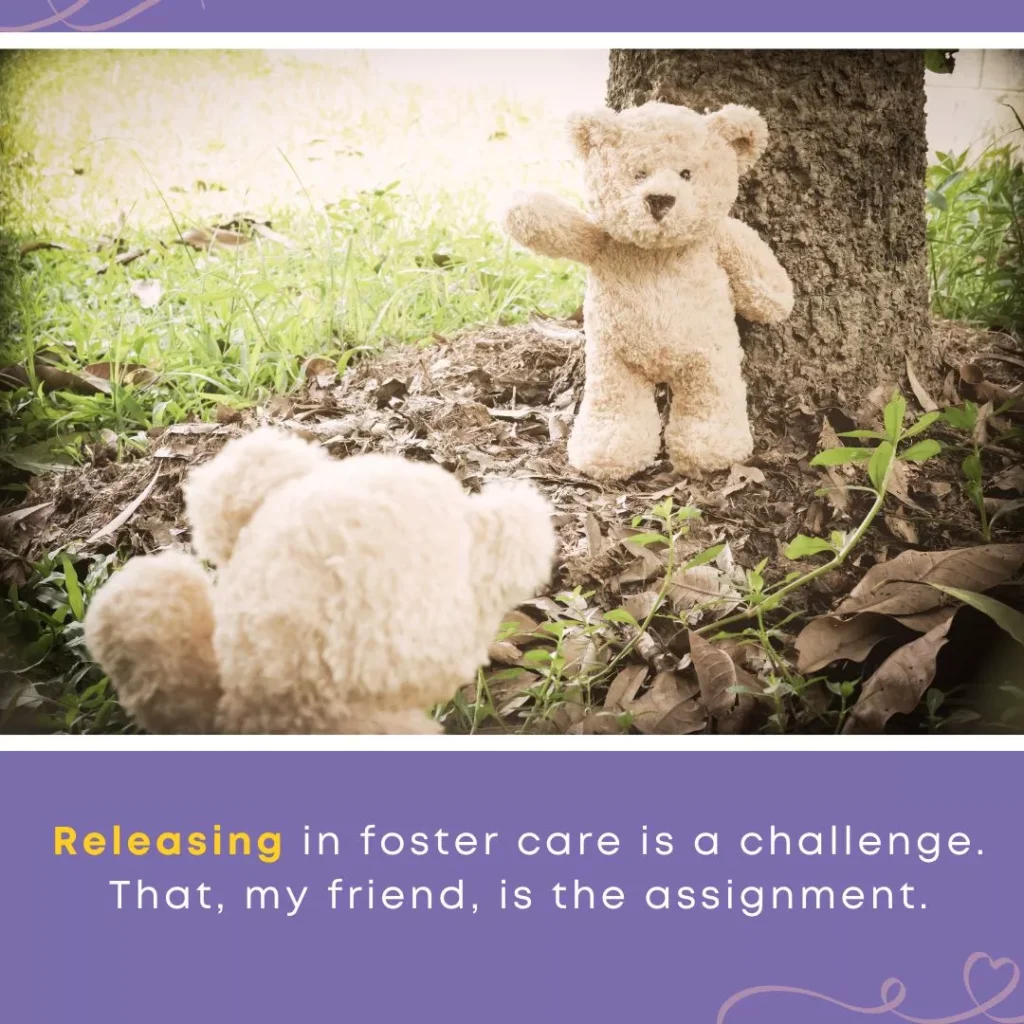
After our movie day, we were strengthened! Tears still came, and memory books were gifted when we said our goodbyes, but our assignment was complete. Our family will forever remember the sweet little girl the Lord, for a season, gifted us with. So many lessons. We didn’t change her life; she changed ours.










